Recent Articles
Popular Makes
Body Types
The Most Powerful Fuel Efficient Engines
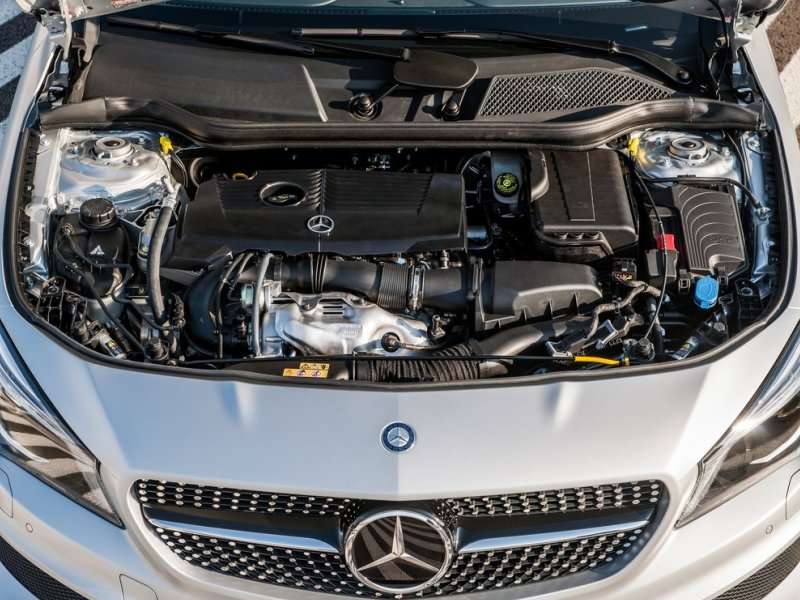
When shopping for a new car, there often comes a time when you have to choose between power and fuel economy. But why? Surely, with modern technology such as turbocharging and cylinder deactivation, it’s possible to build an engine that is powerful when you want it to be, but also economical when you need it to be.
In order to qualify, we’ve arbitrarily decided that the engine must produce at least 350 horsepower (to be considered powerful), and that the vehicle in which the engine is installed must be rated 20 mpg combined or better (to be considered fuel efficient). In order to sort the engines, we’ve given them each a score which is calculated by multiplying the engine’s horsepower by its combined fuel economy rating. Let’s take a look at our list of cars with the most powerful fuel efficient engines, and see if it really is possible to have your cake and eat it, too.
1) Audi 4.0-liter turbocharged 8-cylinder
Audi S8 8-speed automatic transmission 605 horsepower/517 lb-ft of torque 16 mpg city/26 mpg highway/20 mpg combined Score: 12,100
Audi A8 8-speed automatic transmission 450 horsepower/444 lb-ft of torque 18 mpg city/29 mpg highway/22 mpg combined Score: 9,900
Audi S6 7-speed automatic transmission 450 horsepower/406 lb-ft of torque 18 mpg city/27 mpg highway/21 mpg combined Score: 9,450
The S8 is Audi’s top-of-the-line saloon car, and as you would expect, it has a powerful engine that produces over 600 horsepower, a luxurious interior, and almost every gadget imaginable. What you might not expect is that it’s also relatively frugal, hitting 26 miles per gallon on the highway, and 20 mpg combined. It’s a practical and fun car too, thanks to its quattro all-wheel drive system and lightweight aluminum construction. Similar turbocharged V8 engines can also be found in the lesser A8 and S6 models, where they make slightly less power, but are even more efficient.
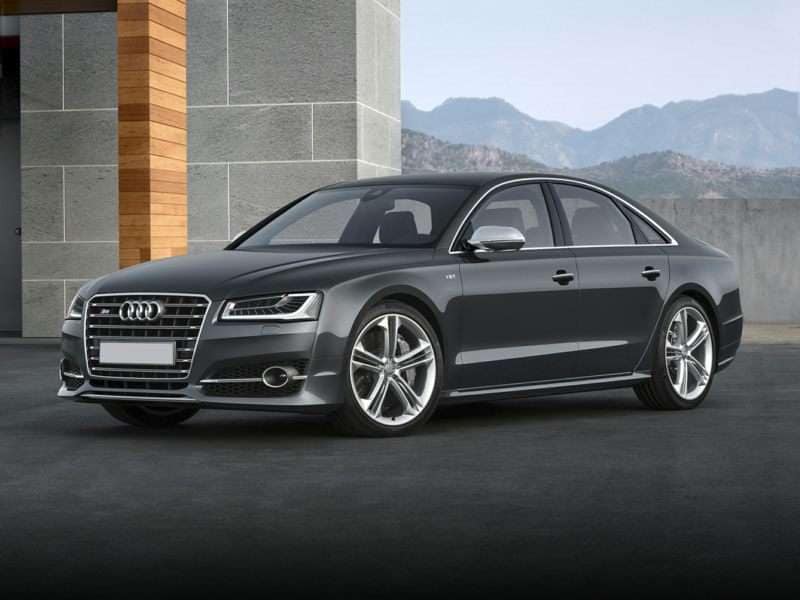
Photo by Audi
2) Porsche 3.8-liter turbocharged 6-cylinder
Porsche 911 Turbo S 7-speed automatic transmission 560 horsepower/516 lb-ft of torque 17 mpg city/24 mpg highway/20 mpg combined Score: 11,200
Porsche 911 Turbo 7-speed automatic transmission 520 horsepower/487 lb-ft of torque 17 mpg city/24 mpg highway/20 mpg combined Score: 10,400
The Porsche 911 Turbo S is capable of accelerating from a dead stop to 60 miles per hour in less than three seconds, and then on to a top speed of 198 miles per hour. Most cars with that sort of performance would use an almost unfathomable amount of fuel, but the Turbo S manages to get by with just a trickle, needing only a gallon of fuel to go 24 miles on the highway. While the Turbo S gets 560 horsepower, the "normal" 911 Turbo has to get by with only 520 horsepower, though it is at least just as economical. Some people might be surprised that Porsche offers such powerful fuel efficient engines, but there it is.
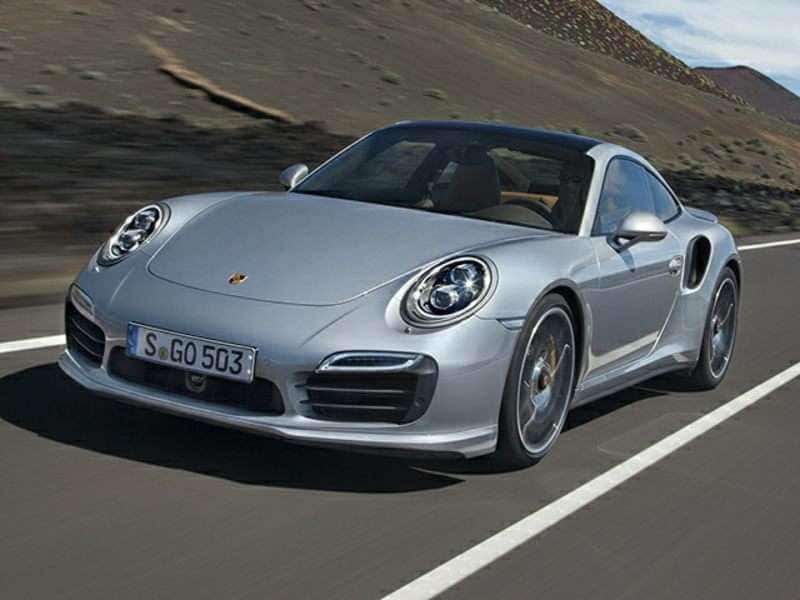
Photo by Porsche
3) Mercedes-Benz AMG 4.0-liter turbocharged 8-cylinder
Mercedes-Benz AMG C63 S Sedan 7-speed automatic transmission 503 horsepower/516 lb-ft of torque 18 mpg city/25 mpg highway/20 mpg combined Score: 10,060
Mercedes-Benz AMG C63 Sedan 7-speed automatic transmission 469 horsepower/479 lb-ft of torque 18 mpg city/25 mpg highway/20 mpg combined Score: 9,380
While these powerful fuel efficient models still use the "63" identifier, the engines have been downsized to 4.0 liters in the quest for greater efficiency, and then fitted with turbochargers to make up for the difference in displacement. The results speak for themselves in the C-class, with AMG’s S version giving you 503 horsepower at your disposal, without too much guilt at the pump. No matter whether you decide to spring for the S package or not, power is sent solely to the rear wheels via a 7-speed automatic transmission, and getting up to 60 mph takes less than 4 seconds.
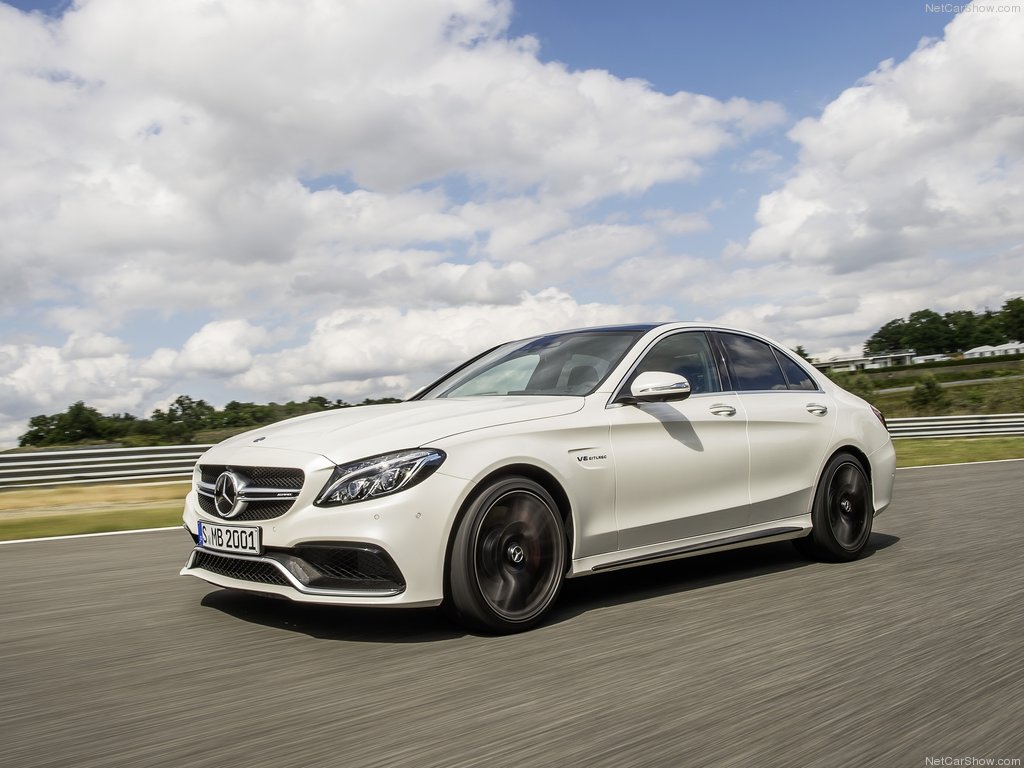
4) Mercedes-Benz AMG 2.0-liter turbocharged 4-cylinder
Mercedes-Benz AMG CLA45 7-speed automatic transmission 375 horsepower/350 lb-ft of torque 23 mpg city/31 mpg highway/26 mpg combined Score: 9,750
Mercedes-Benz AMG GLA45 7-speed automatic transmission 375 horsepower/350 lb-ft of torque 22 mpg city/29 mpg highway/25 mpg combined Score: 9,375
The CLA45 and GLA45 are AMG’s first real models with a 4-cylinder engine, and what a 4-cylinder engine it is. Mercedes’ high-performance division has managed to squeeze 375 horsepower from the little 2.0-liter engine using a twin-scroll turbo that can generate up to 26.1 pounds of boost, yet the CLA45 still manages 31 mpg on the highway. To help handle the power, all-wheel drive is standard on both models, and while it does do a good job of negating torque steer, its safe handling setup can sometimes leave you wanting a rear-bias to the system. These vehicles show it's possible to enjoy extreme luxury along with powerful fuel efficient engines.
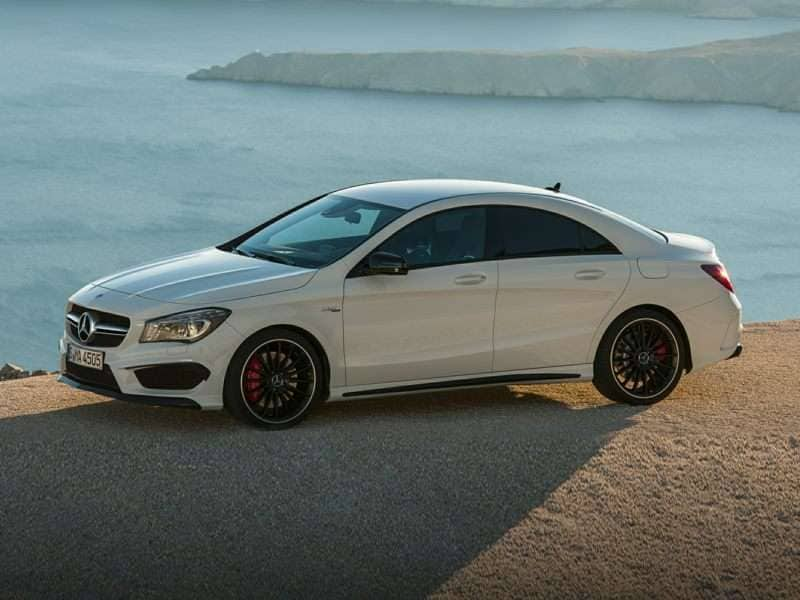
5) Chevrolet 6.2-liter normally aspirated 8-cylinder
Chevrolet Corvette Stingray 7-speed manual transmission 460 horsepower/465 lb-ft of torque 17 mpg city/29 mpg highway/21 mpg combined Score: 9,660
Chevrolet Camaro 8-speed automatic transmission 455 horsepower/455 lb-ft of torque 17 mpg city/28 mpg highway/20 mpg combined Score: 9,100
Some people might deride the V8 in the Chevrolet Corvette for being old-fashioned and outdated, but the 6.2-liter OHV engine uses direct injection and variable valve timing to become the top-rated normally aspirated motor on this list, beating out more "advanced" engines. A very similar engine, though marginally down in power and with slightly worse fuel economy, is available in the heavier and less sleek Camaro. Like many of GM’s motors, this one is also available as a crate engine for your hot rod, with the same 460 horsepower and 465 lb-ft of torque as in the Corvette, making even a project car one of the most powerful fuel efficient cars out there.
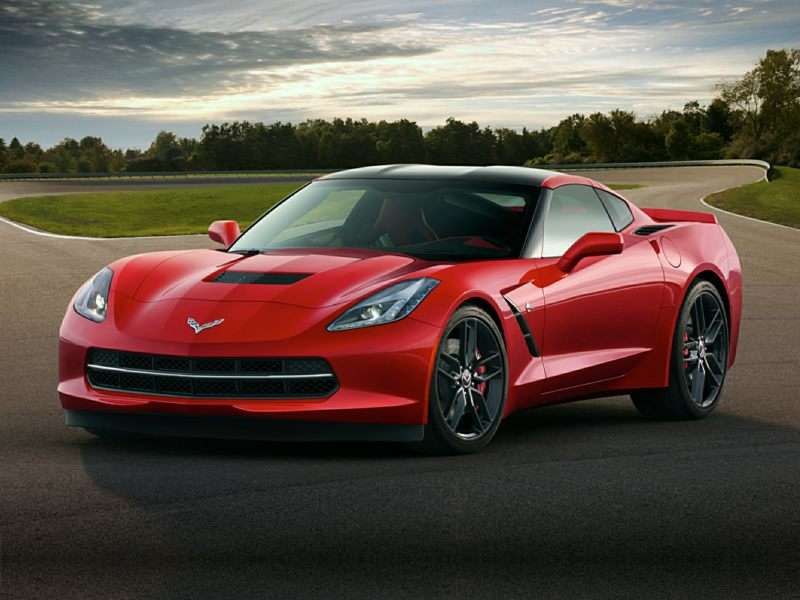
Photo by Chevrolet
6) Mercedes-Benz AMG 5.5-liter normally aspirated 8-cylinder
Mercedes-Benz AMG SLK55 7-speed automatic transmission 416 horsepower/398 lb-ft of torque 19 mpg city/28 mpg highway/22 mpg combined Score: 9,130
The SLK55 is actually the last normally-aspirated AMG engine in production, but as we’ve seen, you don’t need forced induction to make a powerful yet also fuel efficient engine. Thanks to the engine’s 416 horsepower and a 7-speed automatic transmission that uses a wet clutch pack instead of the traditional torque converter to send power to the rear wheels, the SLK55 can sprint to 60 miles per hour in only 4.5 seconds. Also included is the AMG sport exhaust, a true dual system that uses flaps in the mufflers so that you can cruise in comfort or release the full bellow of the V8.
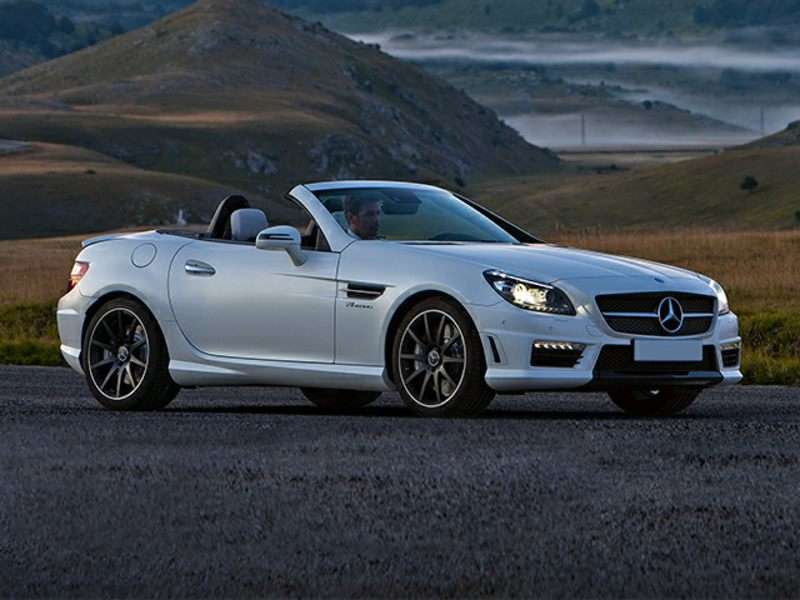
7) Porsche 3.8-liter normally aspirated 6-cylinder
Porsche 911 Carrera GTS 7-speed automatic transmission 430 horsepower/324.5 lb-ft of torque 18 mpg city/26 mpg highway/21 mpg combined Score: 9,030
Porsche Cayman GT4 6-speed manual transmission 385 horsepower/309 lb-ft of torque 18 mpg city/23 mpg highway/20 mpg combined Score: 7,700
The third normally aspirated engine on the list is Porsche 911’s classic horizontally-opposed six-cylinder engine, which now makes 430 horsepower in the Carrera GTS (most other 911 models now use smaller turbocharged engines). Porsche has been using the rear-engine, flat-six, rear-wheel drive template for their cars ever since the first 911 appeared in 1963, and every generation, both the car and the engine get just a little bit better. Somehow, for reasons we don’t understand, the less powerful engine in the smaller Cayman GT4 is less efficient than the one found in its big brother (though it is one gear short compared to its older sibling).

8) Porsche 3.0-liter turbocharged 6-cylinder
Porsche Panamera S 7-speed automatic transmission 420 horsepower/383.5 lb-ft of torque 17 mpg city/27 mpg highway/21 mpg combined Score: 8,820
While the Panamera S isn’t the most powerful version of the Panamera (that honor falls to the Turbo S, with its 570 horsepower), it still offers more than enough power, and reasonable fuel economy, and few will be left wanting more. Top speed with the S is 178 miles per hour, and the sprint to 60 mph is dispatched with in only 4.9 seconds (or 4.6 seconds with the Sport Chrono pack). While the Panamera isn’t quite as nimble as a 911, it does handle extremely well, and you might soon forget that there’s room for two full-sized adults (and their luggage) behind you.
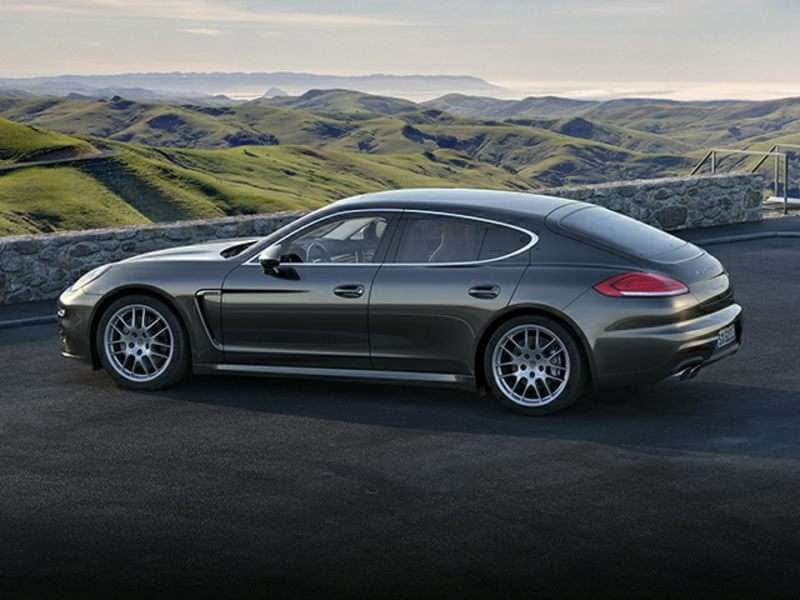
Photo by Porsche
9) BMW M 3.0-liter turbocharged 6-cylinder
BMW M2 7-speed automatic transmission 370 horsepower/343 lb-ft of torque 20 mpg city/27 mpg highway/23 mpg combined Score: 8,510
BMW M3/BMW M4 6-speed manual transmission 425 horsepower/406 lb-ft of torque 17 mpg city/26 mpg highway/20 mpg combined Score: 8,500
While BMW’s M engines used to be known for their high-RPM nature, newer versions are now using turbochargers to build power, and the end result is significantly better fuel economy along with a broader powerband and more torque over the entire rev range. Though less powerful, the M2’s version marginally beats out the M3 and M4 version on our list thanks to its better fuel economy. All of these cars should be able to do the run to 60 mph in around 4 seconds, with the M4 coming in a few tenths under that time, and the M2 a few over.
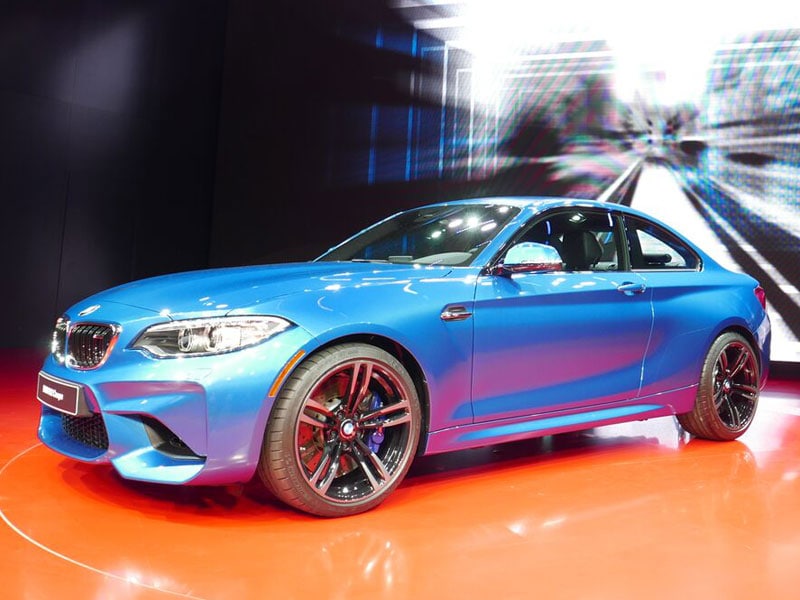
10) Ford 3.5-liter turbocharged 6-cylinder
Ford F-150 6-speed automatic transmission 365 horsepower/420 lb-ft of torque 17 mpg city/24 mpg highway/20 mpg combined Score: 7,300
The only truck engine on the list, the Ford F-150's 3.5-liter V6, puts out 365 horsepower and a truck-worthy 420 lb-ft of torque, thanks to its direct injection and twin turbos. Depending on the truck’s configuration, the sprint to 60 mph is over with in under 6 seconds, assuming you aren’t using it to tow a 10,000 lb (or more) trailer. While a similar engine can be found in some of Ford’s other models, including the Taurus SHO, the F-150 is the only vehicle to crack the 20 mpg combined barrier, thanks to its relatively light weight and rear-wheel drive layout, making this truck a great powerful and fuel efficient vehicle.
